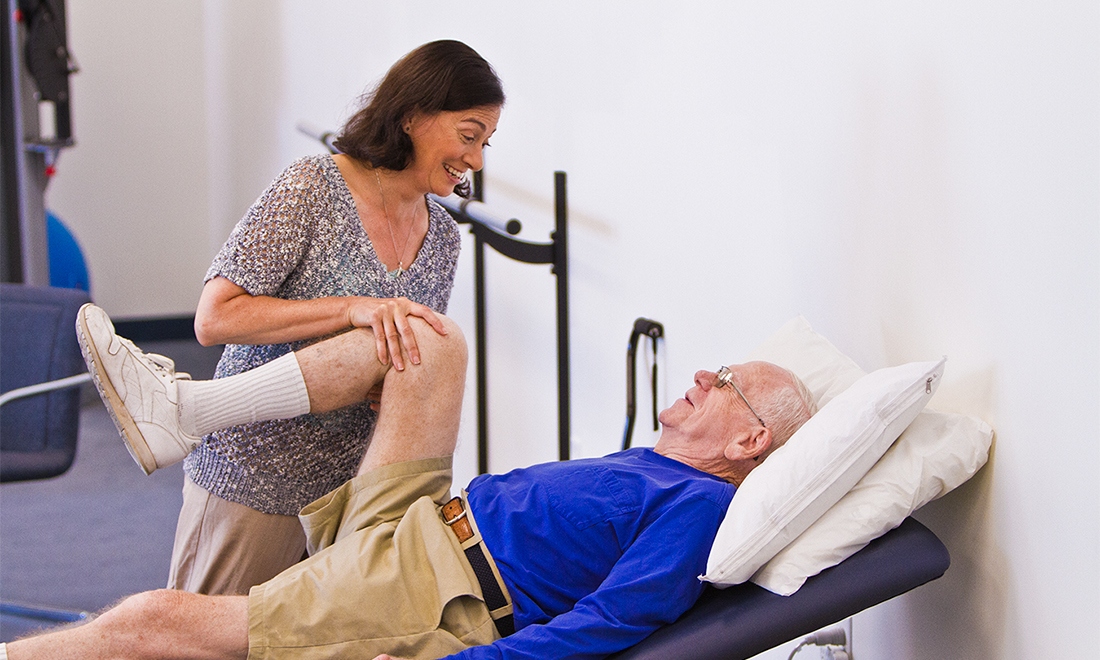Learn About Frequent Athletic Injuries and Effective Rehabilitation Plans for Sports Players
Wiki Article
Sports traumas are frequent among athletes of every age groups and proficiency levels. These injuries can occur in multiple forms, including ligament injuries, strains, breaks, and tendon inflammation. Comprehending the types of injuries that can occur during athletic activities is crucial for not only avoiding and care. Ligament injuries, for instance, involve the stretching or tearing of connective tissues, which connect bones at a joint. Muscle injuries, on the other hand, impact muscle tissues or tendon structures, which connect muscles to skeletal structures. Identifying these traumas promptly can assist sportspeople obtain suitable care and return to their activity more quickly.
One of the frequently frequently seen traumas in athletics is the foot sprain. This trauma often happens when an athlete lands ungracefully or twists their ankle during a match. Signs of an ankle sprain include discomfort, inflammation, and difficulty moving. Prompt treatment typically includes the R.I.C.E. approach, which represents for Rest, Cooling, Wrapping, and Lifting. This approach aids reduce inflammation and discomfort. In more serious situations, physical treatment may be required to restore power and mobility to the ankle before going back to sports.
Another frequent injury is a muscle injury, which can occur in all sport that demands sudden movements or intense lifting. Athletes may suffer a muscular injury when they stretch a muscle too much or when they exert too great effort. Signs include sharp discomfort, inflammation, and muscle spasms. Recovery for muscular strains this page often entails gentle stretching and strengthening workouts. Slowly raising exercise levels is vital to avoid recurrence. Athletes should collaborate closely with a rehabilitative therapist to create a secure and effective recovery plan.
Tendonitis is another trauma that can impact athletes, particularly those who participate in frequent movements, such as joggers or aquatic athletes. This issue happens when a tendon structure, which links muscular tissue to skeletal structure, becomes inflamed. Common locations affected by tendonitis include the elbow, shoulder, and knee. Symptoms often include discomfort and rigidity, especially during activity. Care for tendon inflammation usually involves rest, ice, and anti-inflammatory medications. In some cases, physical treatment may be suggested to improve flexibility and power in the injured region.
Avoiding sports injuries is just as crucial as treating them. Athletes can reduce their chance of trauma by heating up correctly before activities, using the appropriate gear, and keeping good fitness shape. Strength conditioning and flexibility exercises can help ready the physique for the demands of sports. Additionally, sportspeople should listen to their bodies and take breaks when needed. By comprehending frequent athletic injuries and implementing effective recovery plans, sportspeople can stay healthy and enjoy their beloved athletic activities for a long time to come.
